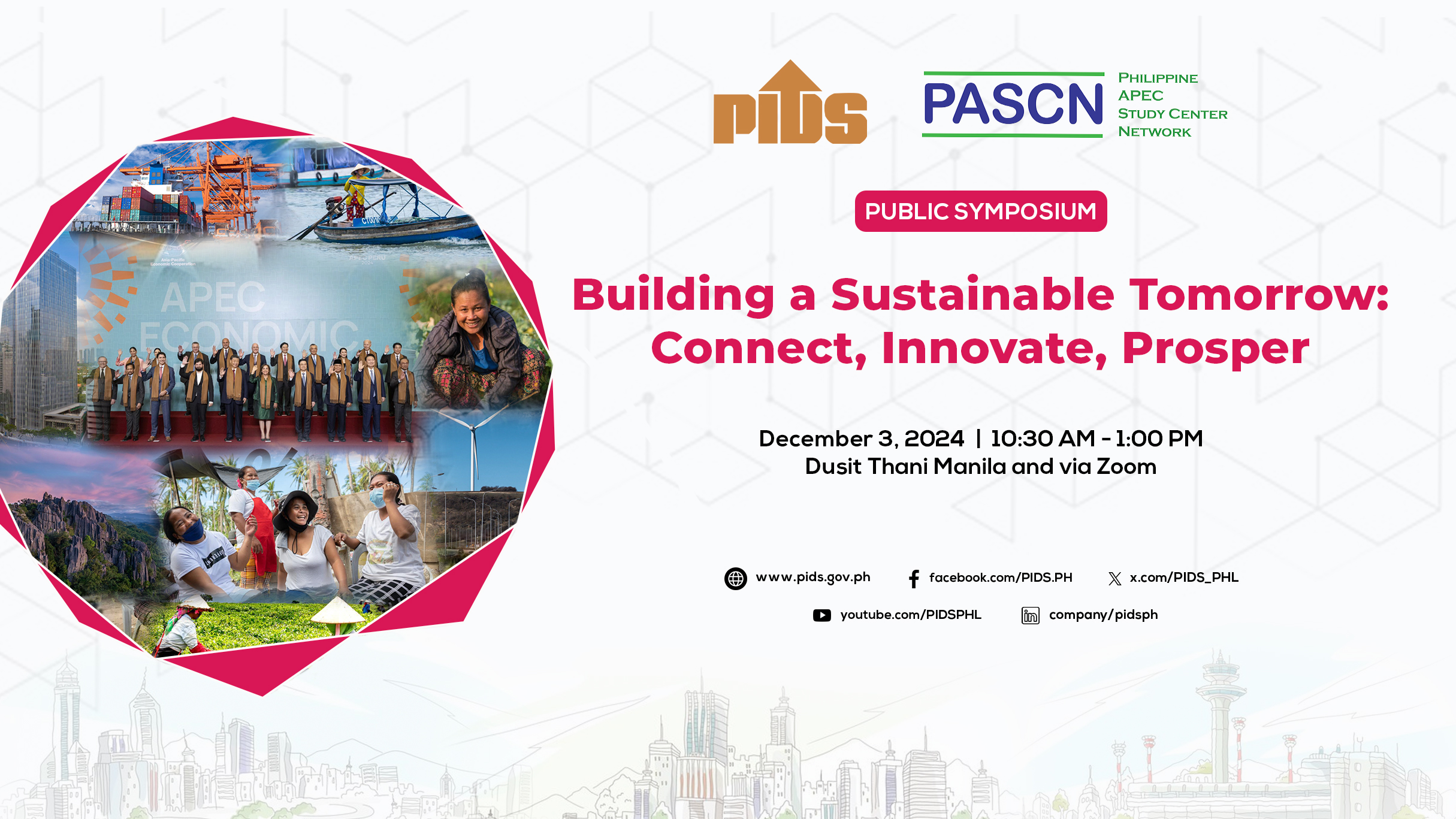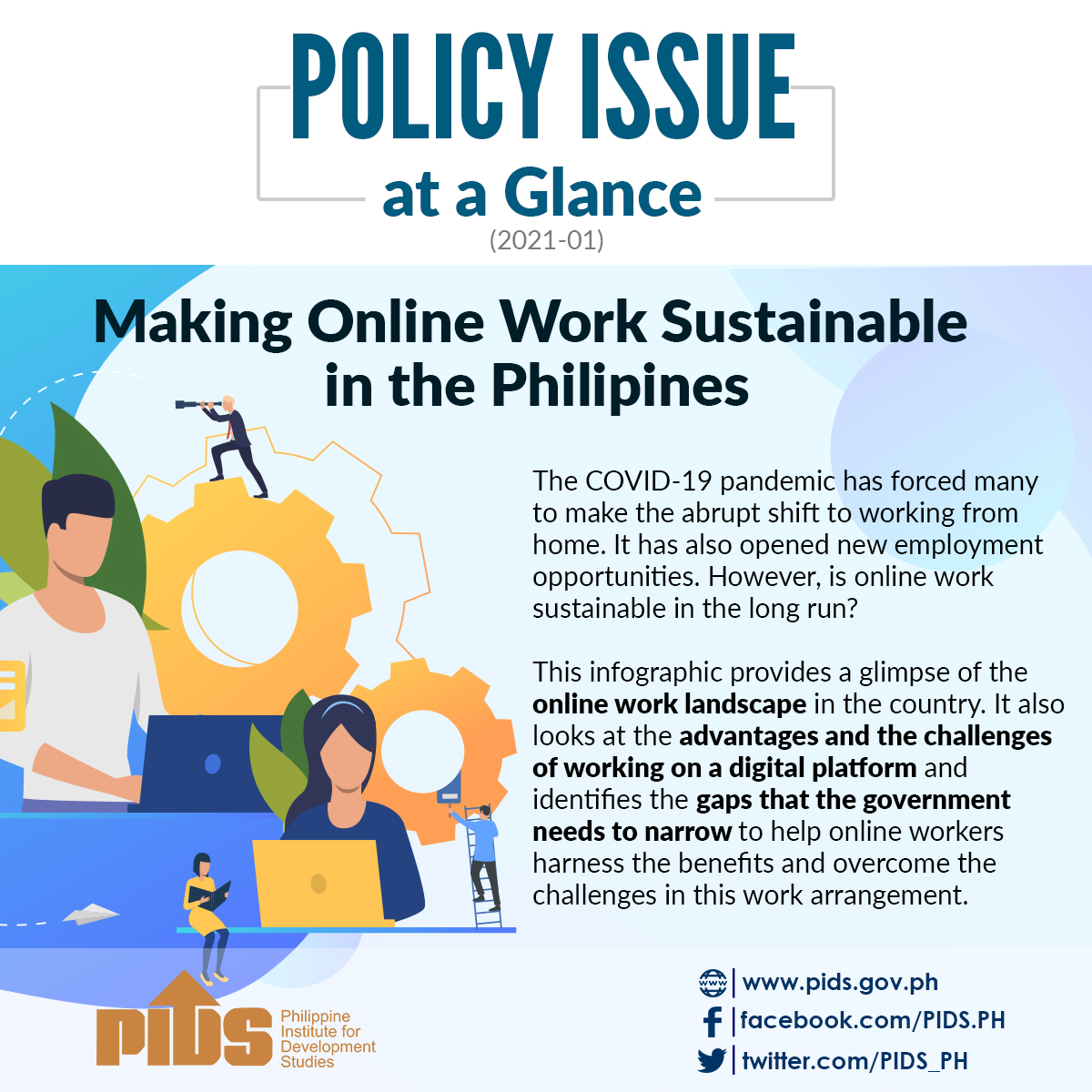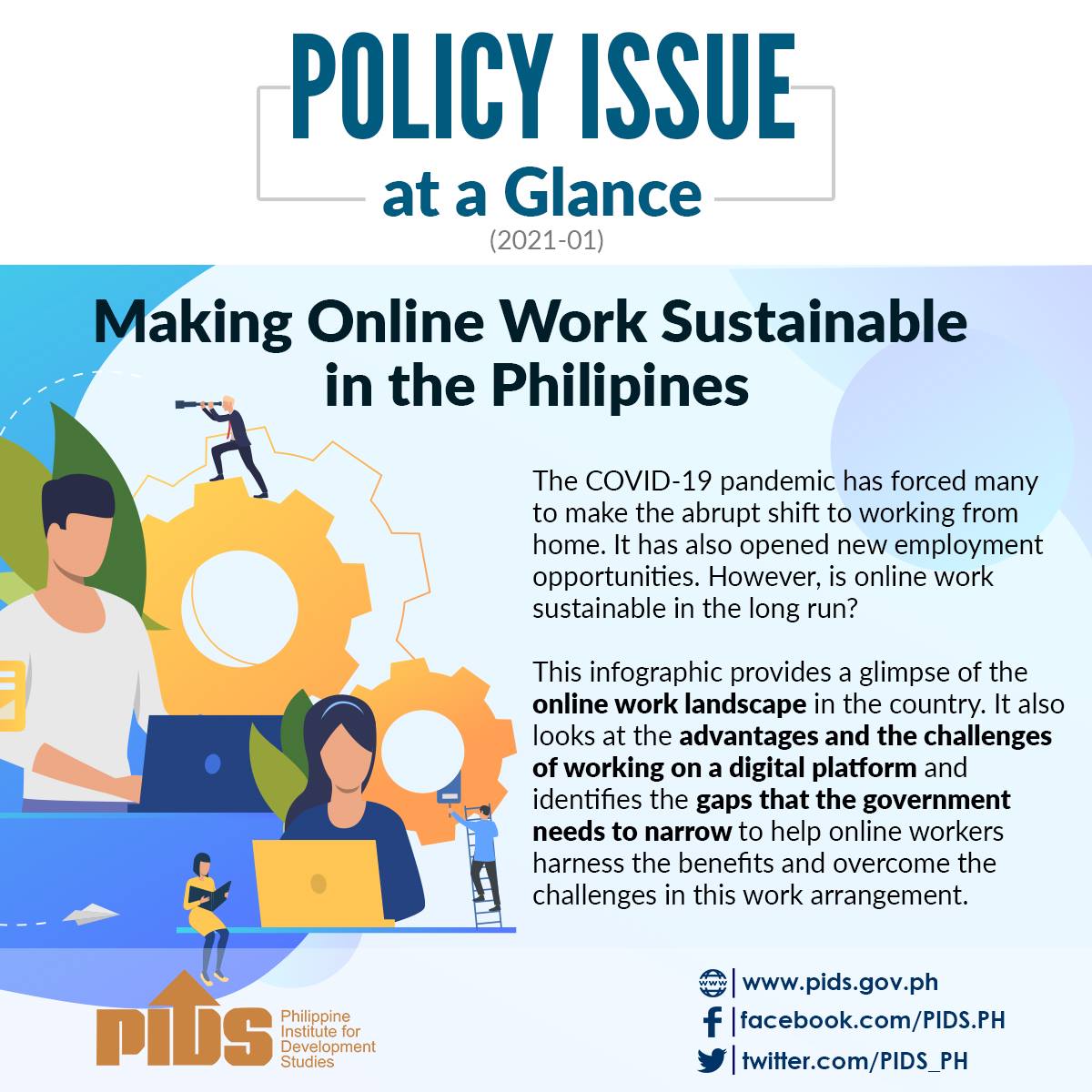We love food, but by ordering only what we can consume, we help lessen food wastage.
Whenever the subject of sustainability comes up, the food industry isn’t usually the first sector that comes to mind. But food is a constant in human life, and the way we grow, pre pare and consume our food affects the greater environment we live in.
Wasting food can aggravate the global climate problem because the resources used to make food go to waste.
How food is prepared in restaurants also determines demand for specific ingredients, and producing these ingredients re quires different levels of processing, some of which may emit more carbon than others.
The good news is, we Filipino diners now have the power to trans form the local food industry. For starters, we can improve our personal dining choices, because what we demand will dictate the supply that restaurants offer us, and even the policies that the government will for mu late.
Food scraps
It is estimated that Filipinos waste 308,000 tons of rice every year (IRRI, Rice Today Magazine,
That Rice You Throw Away”). In Metro Manila alone, 2,175 tons of food scraps end up in trash bins daily (Philippine Institute for Development Studies, Development Research News).
Add to the bigger picture that 2.7 million Filipino families experience in voluntary hunger at least once in three months (SWS, 2017), then clearly there is a gap between the amount of food that is supplied and produced, and the demand that this supply should address.
The sad truth is that traditional consumption and production processes in the local dining industry are part of this major food waste problem.
Here’s a nine-step guide for aspiring sustain able diners:
1) A growing number of restaurants are now integrating sustainable practices in their operations. By choosing to dine in any of them, you’re not only helping pro mote sustain ability, but also encouraging others to join the movement.
2) Most restaurants offer special dishes with ingredients that are in season. By trying out these dishes, you help local farmers and fisher folk while enjoying fresh produce.
3) Meat is a good source of protein. But meat production, especially beef, uses a huge amount of natural resources. The alternative is there’s a lot of delicious vegetable dishes out there, so why not explore? Your taste buds will thank you.
4) We Filipinos love food, but by ordering only what we can consume, we help lessen food wastage. If left overs can’t be helped, take them out and eat at home.
5) Sustainability entails sourcing fresh produce locally. By asking questions, you let restaurants know that dishes made from ingredients sourced from local farmers and fisher folk are much appreciated.
Order modification
6) Half rice lang po! There’s no harm in asking for or der modifications. Your servers would be more than happy to com ply.
7) Avoid using plastic utensils, drinking straws and containers which restaurants typically provide. You’re not only helping save the environment, but also helping restaurants achieve their own sustain ability goals.
8) Some restaurants and fast-food chains re quire diners to practice Claygo, or clean as you go. When required, make sure you segregate your trash properly. It’s a great help for restaurants that are conscious about how they manage waste.
9) When dining out, exercise the power to influence and educate friends and family through words and actions. Encourage them to follow your lead for a more sustain able Filipino dining scene.
Advocate, educate, encourage and in spire. Become #TheSustainableDiner in your circles to day and together, it is possible to #SustainOurAbility to grow food, produce food and ensure food security for us and future generations of Filipinos.
Whenever the subject of sustainability comes up, the food industry isn’t usually the first sector that comes to mind. But food is a constant in human life, and the way we grow, pre pare and consume our food affects the greater environment we live in.
Wasting food can aggravate the global climate problem because the resources used to make food go to waste.
How food is prepared in restaurants also determines demand for specific ingredients, and producing these ingredients re quires different levels of processing, some of which may emit more carbon than others.
The good news is, we Filipino diners now have the power to trans form the local food industry. For starters, we can improve our personal dining choices, because what we demand will dictate the supply that restaurants offer us, and even the policies that the government will for mu late.
Food scraps
It is estimated that Filipinos waste 308,000 tons of rice every year (IRRI, Rice Today Magazine,
That Rice You Throw Away”). In Metro Manila alone, 2,175 tons of food scraps end up in trash bins daily (Philippine Institute for Development Studies, Development Research News).
Add to the bigger picture that 2.7 million Filipino families experience in voluntary hunger at least once in three months (SWS, 2017), then clearly there is a gap between the amount of food that is supplied and produced, and the demand that this supply should address.
The sad truth is that traditional consumption and production processes in the local dining industry are part of this major food waste problem.
Here’s a nine-step guide for aspiring sustain able diners:
1) A growing number of restaurants are now integrating sustainable practices in their operations. By choosing to dine in any of them, you’re not only helping pro mote sustain ability, but also encouraging others to join the movement.
2) Most restaurants offer special dishes with ingredients that are in season. By trying out these dishes, you help local farmers and fisher folk while enjoying fresh produce.
3) Meat is a good source of protein. But meat production, especially beef, uses a huge amount of natural resources. The alternative is there’s a lot of delicious vegetable dishes out there, so why not explore? Your taste buds will thank you.
4) We Filipinos love food, but by ordering only what we can consume, we help lessen food wastage. If left overs can’t be helped, take them out and eat at home.
5) Sustainability entails sourcing fresh produce locally. By asking questions, you let restaurants know that dishes made from ingredients sourced from local farmers and fisher folk are much appreciated.
Order modification
6) Half rice lang po! There’s no harm in asking for or der modifications. Your servers would be more than happy to com ply.
7) Avoid using plastic utensils, drinking straws and containers which restaurants typically provide. You’re not only helping save the environment, but also helping restaurants achieve their own sustain ability goals.
8) Some restaurants and fast-food chains re quire diners to practice Claygo, or clean as you go. When required, make sure you segregate your trash properly. It’s a great help for restaurants that are conscious about how they manage waste.
9) When dining out, exercise the power to influence and educate friends and family through words and actions. Encourage them to follow your lead for a more sustain able Filipino dining scene.
Advocate, educate, encourage and in spire. Become #TheSustainableDiner in your circles to day and together, it is possible to #SustainOurAbility to grow food, produce food and ensure food security for us and future generations of Filipinos.












